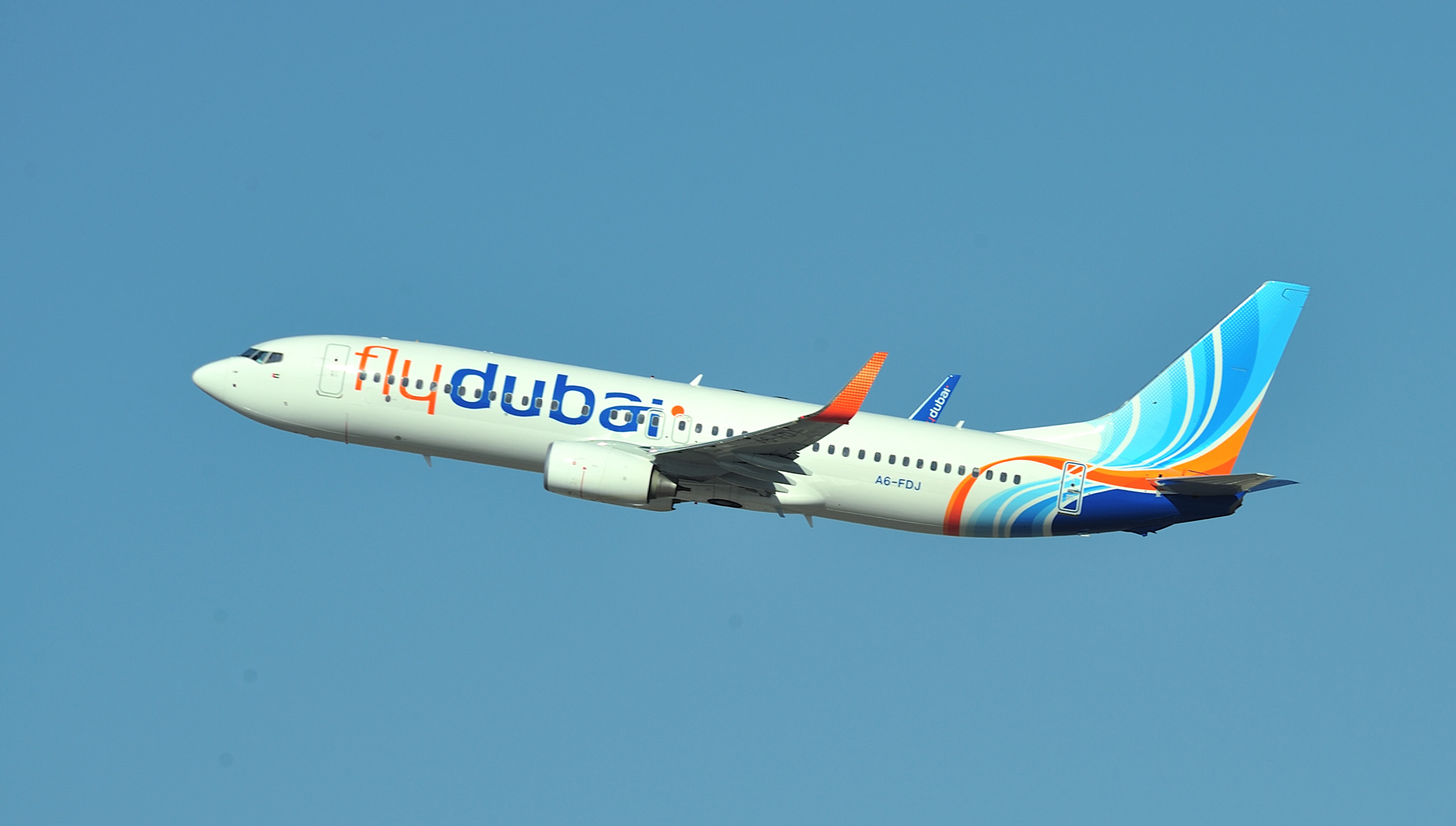The Aircraft Accident Investigation Bureau of the Ethiopian Ministry of Transport released its interim Investigation report on Tuesday March 10th, just one day before the anniversary of the fatal accident which claimed all of the 157 people on board the aircraft.
The report concludes that the crash of an Ethiopian Airlines Boeing 737 MAX in March 2019 was caused essentially by a faulty design of the aircraft. It was mainly the malfunction of the MCAS anti-stall system, specially designed to compensate for the heavier engines of the 737 MAX, which was implicated in the disaster, as well as in the Lion Air crash of October 2018.
For investigators from the Ethiopian Ministry of Transport, “The difference in training between the B737NG to B737MAX provided by the manufacturer was found to be inadequate.“.
The conclusions, which include recommendations, are just in draft form and could be changed before the final version. The United States National Transportation Safety Board (NTSB) may be able to request changes to the report or issue a dissenting opinion.
Under the provisions of the United Nations, other countries involved in an accident investigation should have 60 days to comment on a final report. The Ethiopian report is interim and is not affected by the provision.
Findings
Findings are statements of all significant conditions, events or circumstances in the accident sequence. The findings are significant steps in the accident sequence, but they are not always causal, or indicate deficiencies. Some findings point out the conditions that pre-existed the accident sequence, but they are usually essential to the understanding of the occurrence, usually in chronological order (ICAO Doc 9756 Part IV paragraph 3.1).
- The aircraft has a valid certificate of airworthiness and maintained in accordance with applicable regulations and procedures;
2. There were no known technical problems before departure.
3. The aircraft weight and balance was within the operating limits.
4. The take-off roll and lift-off was normal, including normal values of left and right angle-of-attack (AOA). During takeoff roll, the engines stabilized at about 94% N1. From this point for most of the flight, the N1 Reference remained about 94%.
5. Shortly after lift-off, the left and right recorded AOA values deviated. The left AOA values were erroneous and reached 74.5° while the right AOA reached a maximum value of 15.3°. The difference between the left and the right AOA values was 59° and remained as such until near the end of the recording.
6. Right after the deviation of the AOA the left stick shaker activated and remained active until the near end of the recording. The pitch Flight Director (F/D) bars disappeared on both left hand and right hand Primary Flight Displays (PFD). As the aircraft crossed 400 ft Radio Altitude the right and left pitch F/D bars appeared again.
7. Immediately after the LH AOA sensor failure, the left AOA erroneous values affected the LH FD pitch command, and the RH and LH Flight Director (FD) pitch bars started to display different guidance.
8. The Stall Management Yaw Damper Computer -1 (SMYDC 1) computed LH minimum operational speed and LH stick shaker speed greater than VMO (340 kt) without any alert or invalidity detection. Thus; the indicated LH airspeed was inside the minimum speed (red and black) band.
9. Approximately five seconds after the end of the crew manual electrical trim up inputs, a third automatic nose-down trim(MCAS) triggered. There was no corresponding motion of the stabilizer, which is consistent with the stabilizer trim cutout switches being in the ‘’cutout’’ position
10. The right hand over speed clacker sounded and it remained active until the end of the recording. The RH speed values varied between 360 kt and 375 kt (RH values). On the LH PFD, the LH computed airspeed oscillated between 335 kt and 350 kt.
11. Approximately five seconds after the last manual electric trim up input, a fourth automatic trim nose-down (MCAS) triggered. The stabilizer moved from 2.3 to 1 unit. The vertical speed decreased and became negative 3 s after the MCAS activation.
12. The difference in training from B737NG to B737 MAX provided by the manufacturer was found to be inadequate.
13. The AOA Disagree message did not appear on the accident aircraft as per the design described on the flight crew operation manual.
14. AOA failure detection feature of the ADIRU did not detect the erroneous AOA from the left AOA sensor because it only considers the value to be erroneous when the AOA value is outside the physical range. Thus; SPD and ALT flag never appeared on the PFD.
15. MCAS design on single AOA inputs made it vulnerable to undesired activation.
16. The specific failure modes that could lead to uncommanded MCAS activation, such as an erroneous high AOA input to the MCAS, were not simulated as part of the functional hazard assessment validation tests. As a result, additional flight deck effects (such as IAS DISAGREE and ALT DISAGREE alerts and stick shaker activation) resulting from the same underlying failure (for example, erroneous AOA) were not simulated and were not documented in the stabilizer trim and auto flight safety assessment.
Safety Recommendations
1. The design of MCAS should consider the use of data from both AOA and/or other independent systems for redundancy.
2. The regulator shall confirm all probable causes of failure have been considered during functional hazard assessment.
3. The manufacturer shall insure the minimum operational speed computed by the SMYD to be within logical value. There should also be logic to validate the computation.
4. The difference training should also include simulator sessions to familiarize with normal and non-normal MCAS operation. The Training simulators need to be capable of simulating AOA failure scenarios.
5. The manufacture should confirm the AOA DISAGREE alert is functional whether the optional angle of attack indicator is installed or not.
6. The EAIB endorses the NTSB safety recommendation A-19-10 found in appendix 1
About Guide2Uganda
Guide2Uganda (www.guide2uganda.ug) is the most comprehensive source of information about Uganda that exists on the web, with more content on Uganda and surrounding towns, attractions, museums and galleries than any other online guide that currently exists for Uganda as well as being a dynamic news and comprehensive events driven site with content being added daily.
According to WeFollow & Peer Index (whom both measure online influence) we are among the most influential online media organizations in Uganda. We were also awarded for ‘’Best Destination Website in Uganda’’ by Jumia Travel Uganda in the 2017-2018 Africa Travel Awards. If you are planning a visit to Uganda you can always reach us on; info@guide2uganda.ug




